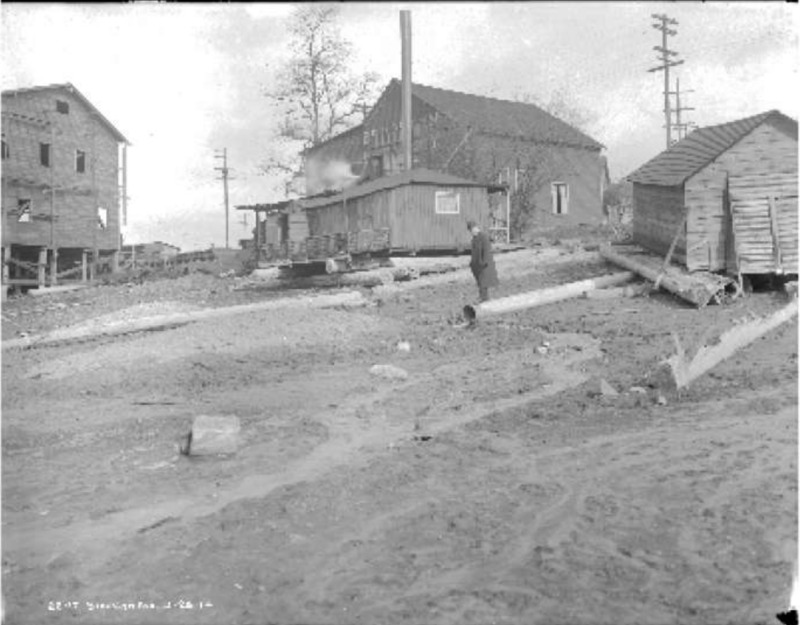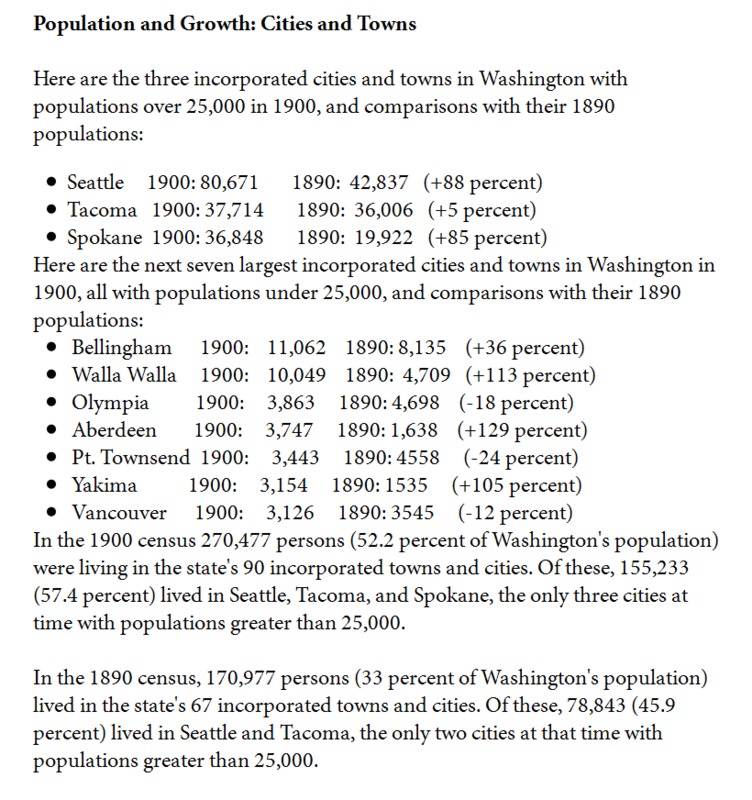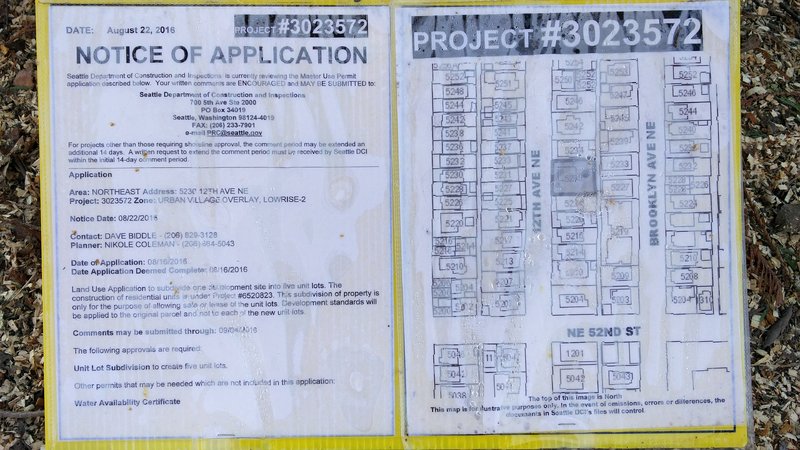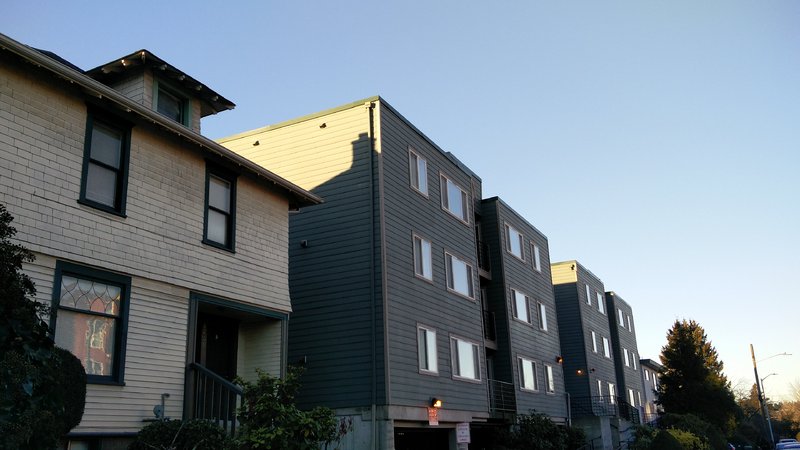Site Report 3

Brooklyn Avenue sewer work, pictured March 24, 1914. (Seattle Municipal Archive)

1860 FEDERAL CENSUS, KING COUNTY, WASHINGTON TERRITORY (http://www.rootsweb.ancestry.com/~cenfiles/wa/king/1860/60kc.txt?cj=1&netid=cj&o_xid=0002530104&o_lid=0002530104&o_sch=Affiliate+External)

1900 Census: The 12th federal census reveals that population has grown in every county in Washington state, cities have gotten bigger, and populations of women and minorities have grown. (http://www.historylink.org/File/9332)

Streetcar at University Way NE and NE 52nd St. In 1897, three cars ran on that part of the line until 7:00PM. Later, the cars stopped at 38th Ave. NE and Brooklyn Ave. NE. (First Interstate Bank collection).

Land Use notice for house 5230. Shot on OnePlus 2.

House 5209 built in 1907 standing next to University Court build in 1988. Shot on OnePlus 2.
Audio Tour
------------------------------------------------------
https://drive.google.com/file/d/0BxfU1V8tN4R_MXJsNDNzSS1Gd2c/view?usp=sharing
In 1851 settlers of the Denny Party first set foot ashore on the thin strip of land we now know as Seattle. But before 1860, what is now known as the University District used to be exclusively Indian country. Much of the landscape has remained the same since then. Large trees and gentle sloping hills, define the neighborhood. Small rivers and streams can still be seen today flowing through Ravenna Park a few blocks north of 55th st.
Walking north from 52nd St., along 12th ave, you will notice large trees lining the sidewalk and numerous shrubbery decorating the yards of houses. These plants were placed in the late 1800’s and early 20th century when the University of Washington relocated from downtown to the U-District in 1895. This relocation brought an influx of residents and students to the area adding to the already growing community brought in by The Seattle Female College founded 5 years prior (UniverCity, Nielson, 13). What began in the Washington Territory as 302 people in 1860, skyrocketed to 80,671 in 1900 in just the Seattle area. This resulted in a rapid development of housing, shaping the U-District neighborhood.
The trees in the area were cleared and sewage pipes were placed to accommodate the rapid building of houses that would occur. On Brooklyn Ave, three streetcars were installed to help transport students to campus. All of the houses on this block were built before 1915, however modern changes can be seen.
House 5230 that was built in 1909 is under construction. It is currently receiving a new foundation with revamped piping and has removed all of its greenery for 5 separate unit lots. If you move up to 55th St. you can see that rather than a streetcar, construction for a light rail station is underway. Connecting student not to just campus, but to the rest of the Greater Seattle neighborhoods and vice versa. The mid 20th century of this area remained the same until the late 1900's when more modern buildings began to be built.
When you walk along Brooklyn AVE., it is easy to observe a high variance in modernity of houses on the block. If you walk to the University Court Apartments you can see the effective use of space solely for student housing. This building was acquired three times.The last of which was by the University and was rebuilt in 1988. However if you look directly to its left, you can see the remnants of original housing architecture as house 5209 was built in 1907.
Nearly all of these houses are leased out to students of UW and are owned by individual homeowners, however with the acquisition of University Court, I think it would be fair to say that we can see more ownership move to the university in times to come.